We’d had such a tasty dinner last night we went down to breakfast this morning with a feeling of anticipation, hoping for something special for breakfast. Neil was catching up on a little work so I went down first at our allotted time of 8 am (several hotels had asked us to specify a time for breakfast on this trip) I’d collected some juice and ordered our tea and coffee when Neil arrived and then I went up to make some toast…when the lights started flashing and suddenly the power all went out. Consternation followed with the staff popping in and out of the breakfast room, apologising and saying there would be a delay. Eventually they let us all know that the power was out in the whole town and not expected back on until close to ten! So we made do with fruit, yoghurt and croissants and went on our way.
We set out north and soon found ourselves climbing up into the North Yorkshire Moors National park, and felt like we were back in the northeastern part of Iceland! The landscape was bare and stretched for miles with almost nothing to see but sheep. Then you’d suddenly come down into a valley with green fields and small villages, before climbing back up to the moorland again. It had a stark beauty that I find really appealing!
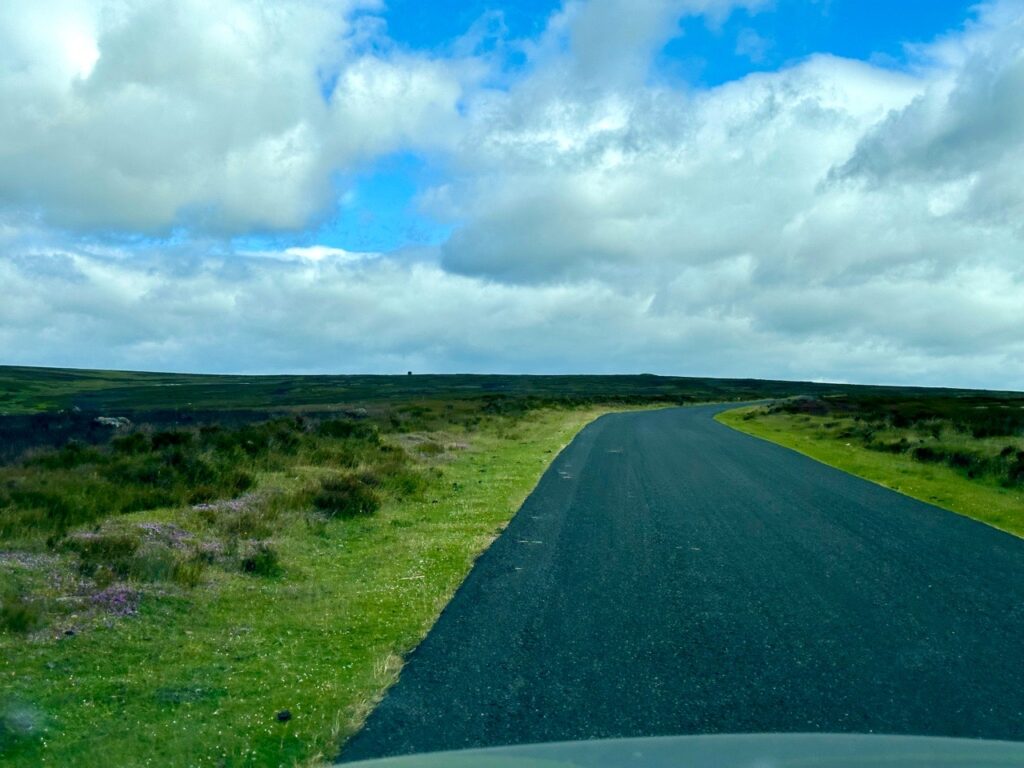
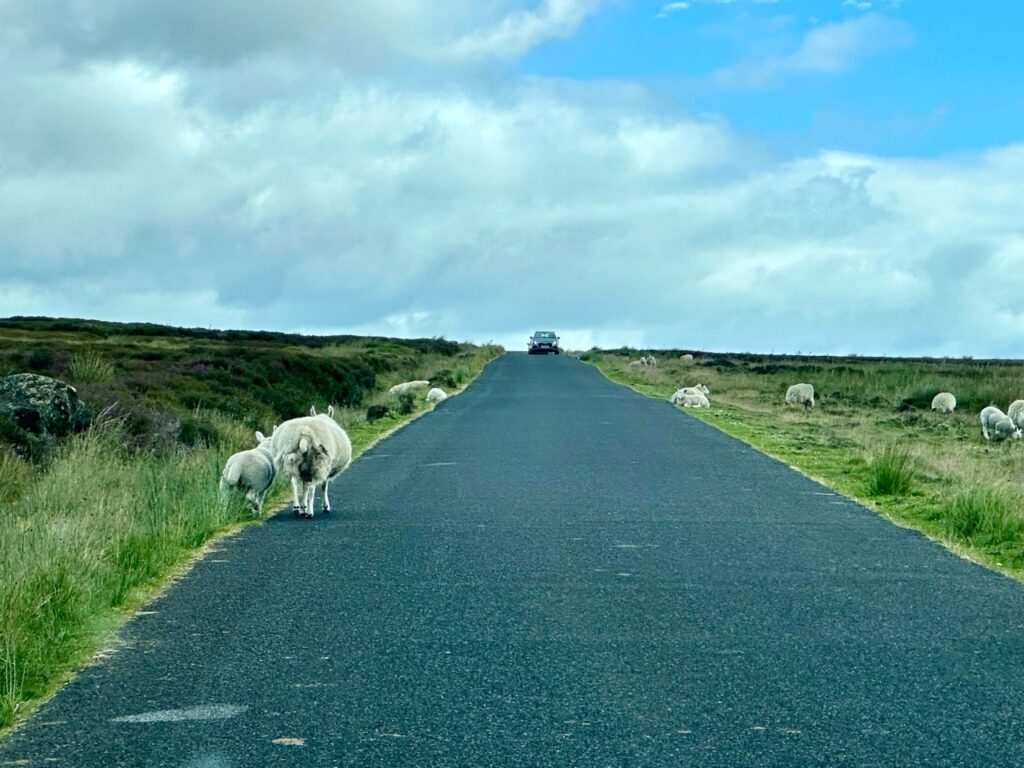
high up one road we stopped at the Chimney Bank Kilns. In the mid 1800s the area was the site of a mini “iron rush” , when it was a centre for the mining and processing of iron stone. For a period of about 30 years around 300,000 tonnes a year of ironstone was processed in giant kilns on the bleak hillside before it was all abandoned in 1885. Now there is just the remnant of the kilns and grass grown mounds where the old slag heaps were left. From this spot we had a very steep drive down to Rosedale. Neil had to keep an eye out to make sure he didn’t hit any of the sheep who insisted in grazing by the road..and crossing it at inconvenient times!
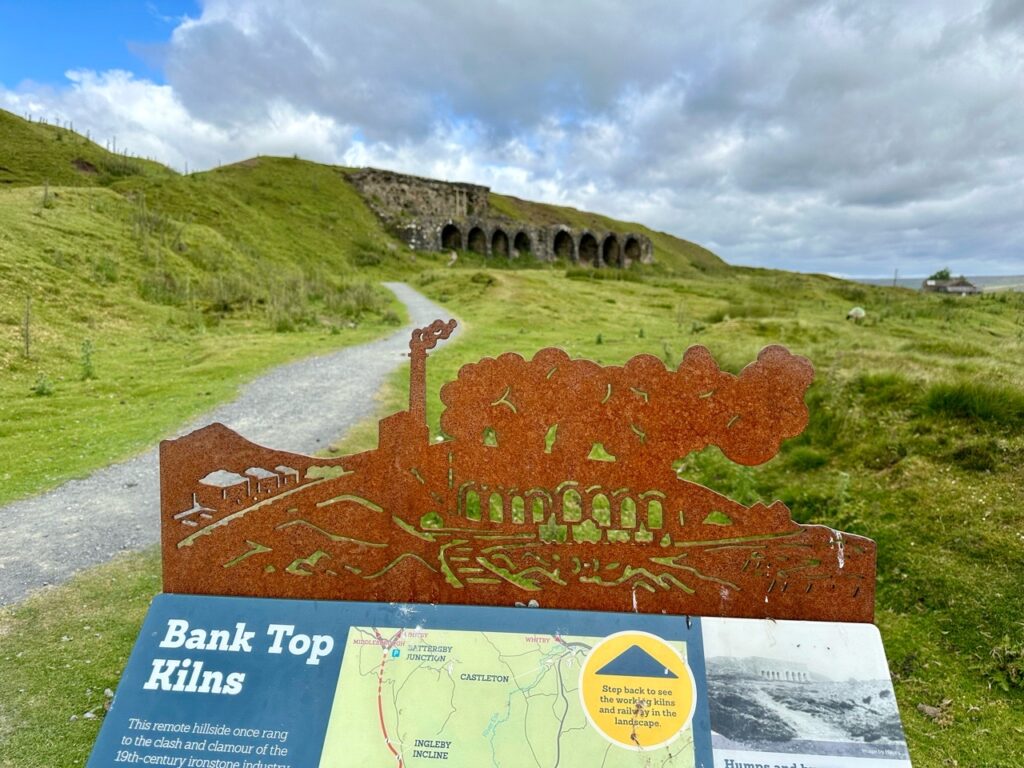
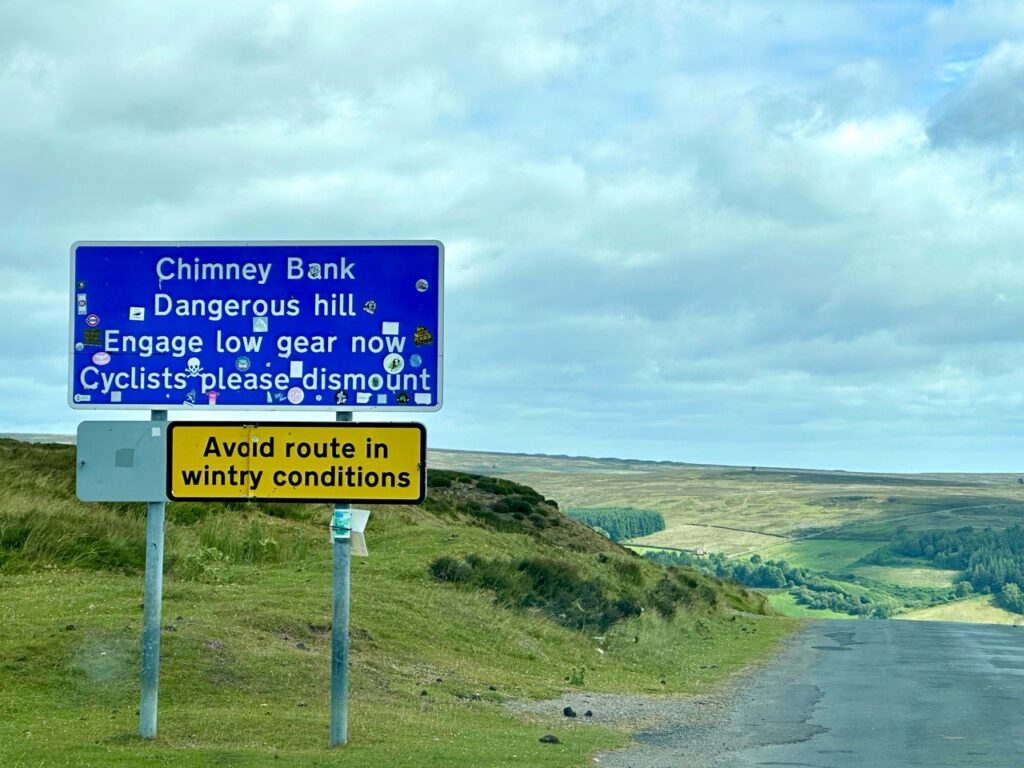
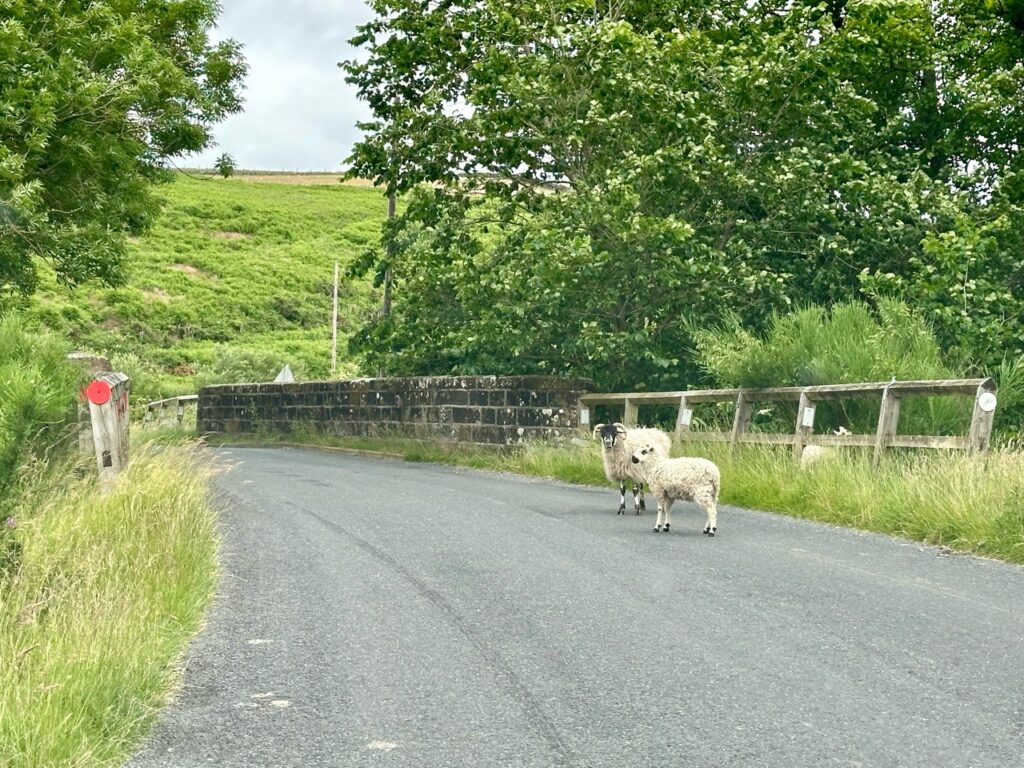
A little further north we climbed up another peak to see Danby Beacon. Danby Beacon is one of the highest points on the North York Moors National Park. It was built in 1937 and provided long range early warning for raids approaching the north midlands and the industrial cities of the north of England during the Second World War and the years of the Cold War. It’s now a national landmark, which is used as a reference point by thousands of visitors and walkers each year. Over the years, the old wooden beacon aged so much that it eventually disintegrated and fell down – the landmark was lost. The new beacon, built from steel was lit for the first time in 2008. It was blowing very cold and chilly up on that hill!
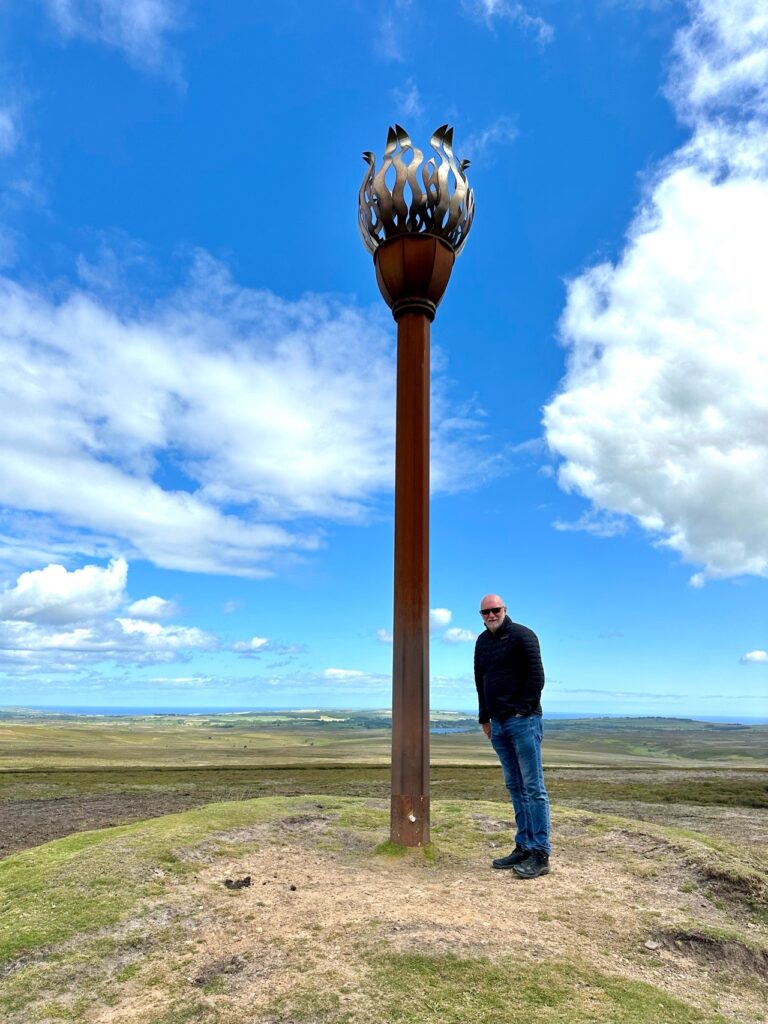
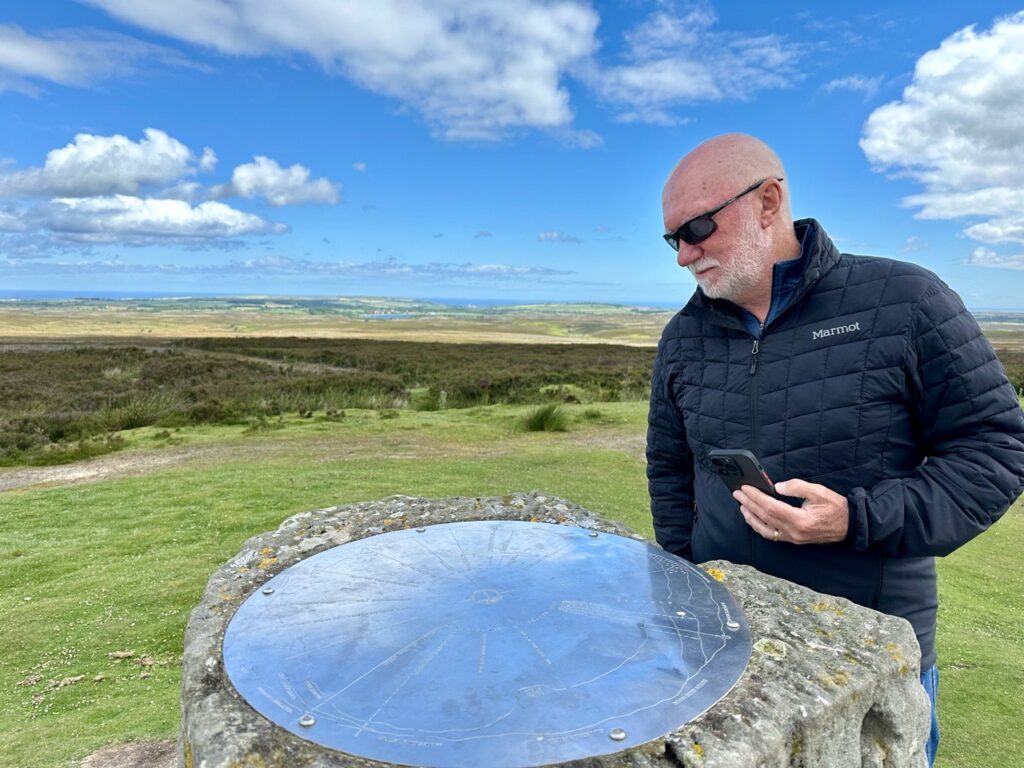
it was only a short drive down from the Beacon to the seaside town of Whitby. Whitby is famous for four things, its magnificent ruined abbey that sits high on a headland overlooking the town, its associations with Captain James Cook, who lived there as a young many when he was apprenticed as a novice seaman and learned his craft. Thirdly, for its associations with Dracula, Bram Stoker visited Whitby in 1890 and was so affected by the romantic and dramatic scene of the ruined abbey that it inspired his novel. Last of all Whitby is known for Whitby Jet, a semi precious organic gemstone formed over millions of years from the fossilised remains of the modern day Monkey Puzzle, and similar trees. It is smooth and lightweight and can be polished to a deep black lustre that could be used as a mirror. The term ‘jet black’ meaning as dark a black as possible derives from the black colour of Whitby Jet. It was very popular in Victorian times and is still sold in many jewellery stores in Whitby.
First we stopped to see the abbey. It really is in a spectacular location.
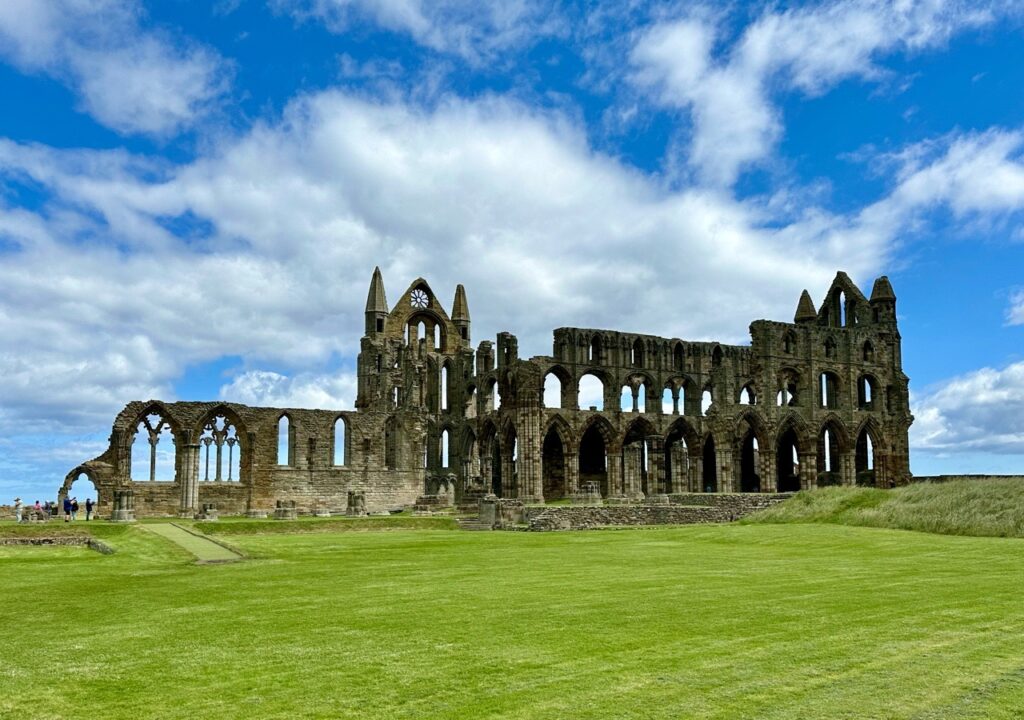
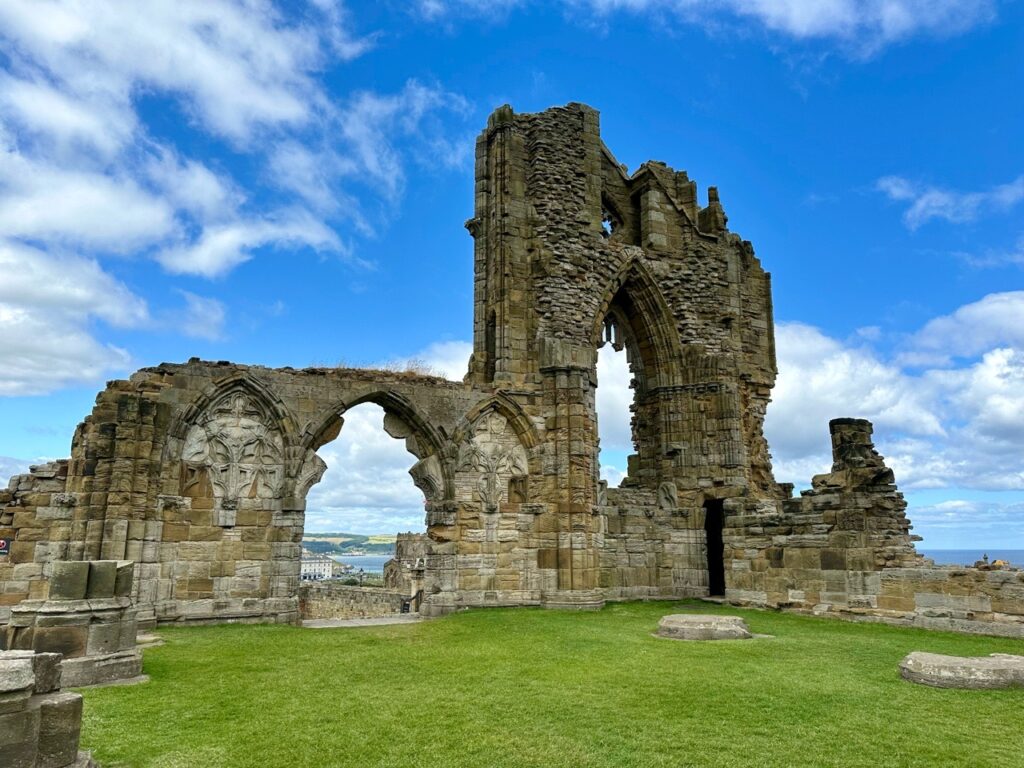
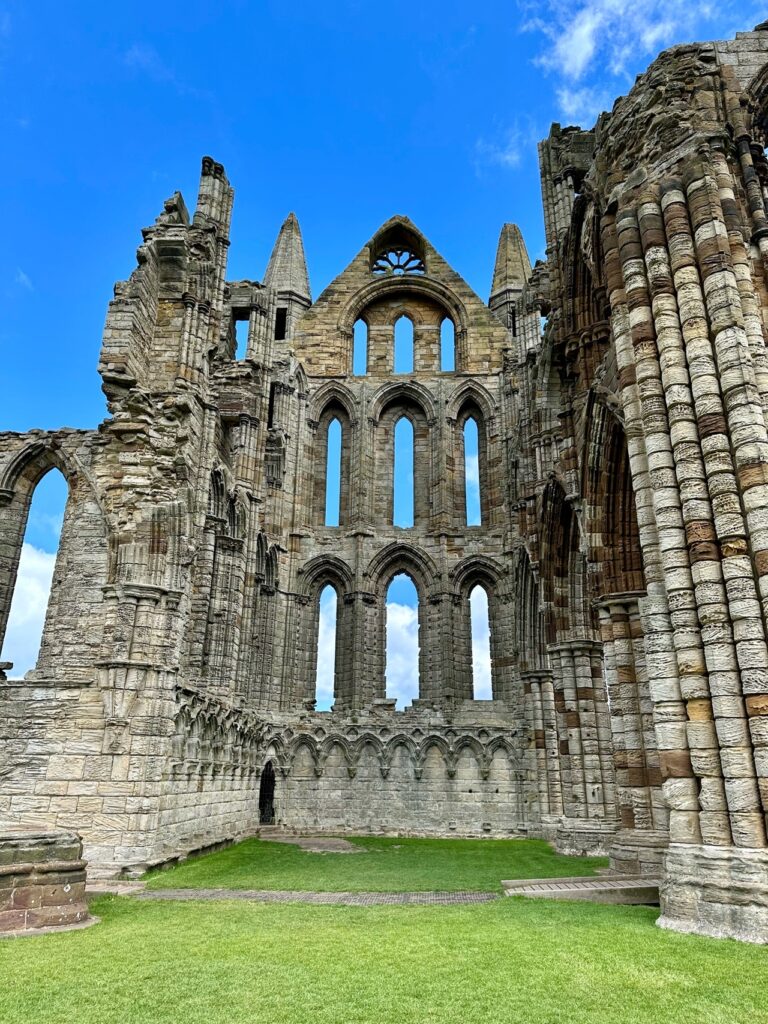
Then we drove over to the opposite headland, and after trying three different pay and display machines we finally found one that worked! You really can’t park for free anywhere in the UK, and we have found their pay machines to be often very dodgy! Anyway, once we’d sorted that out we had a look at the Captain Cook Monument that stands on the headland looking out to sea and a whalebone arch before walking down into the town.
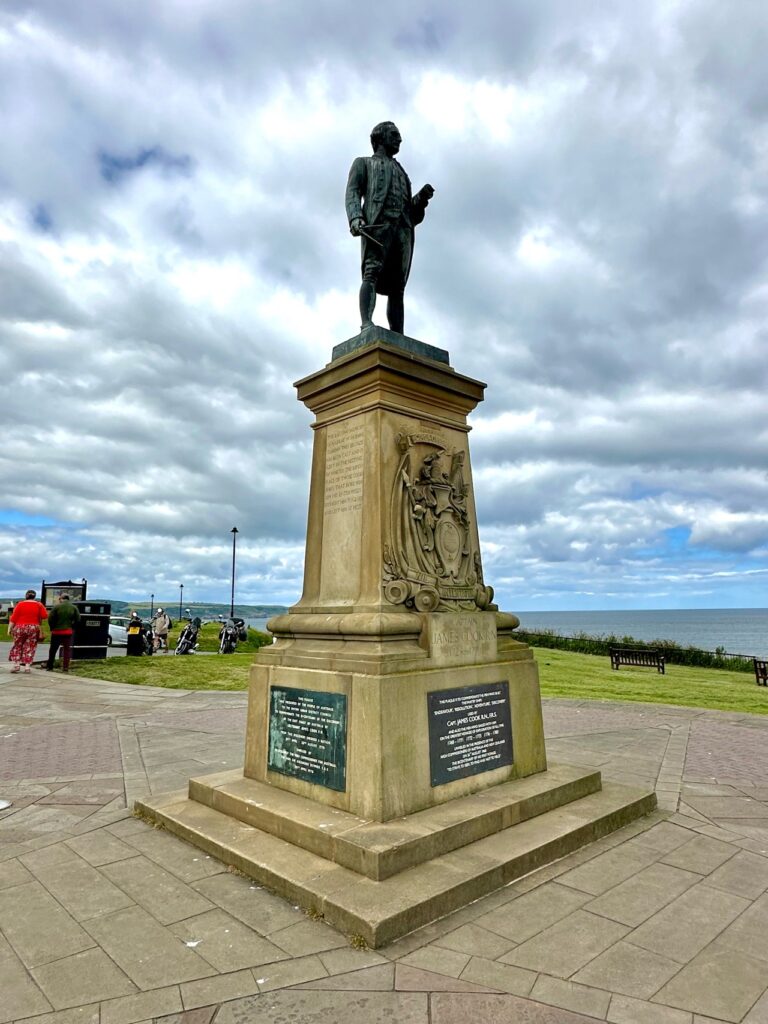
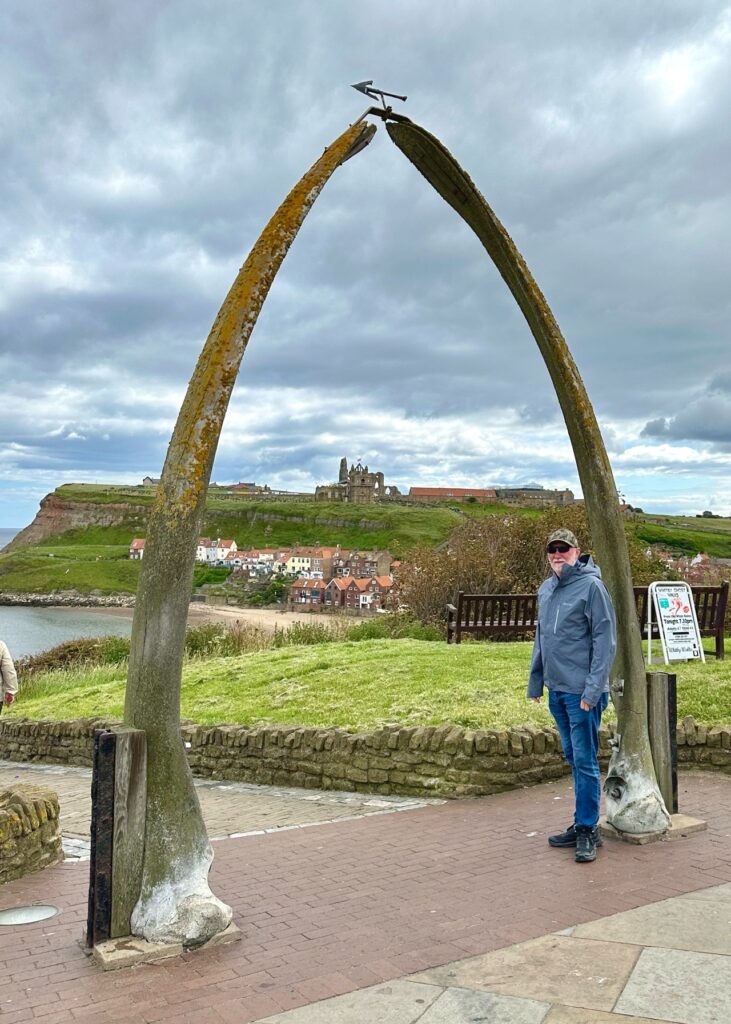
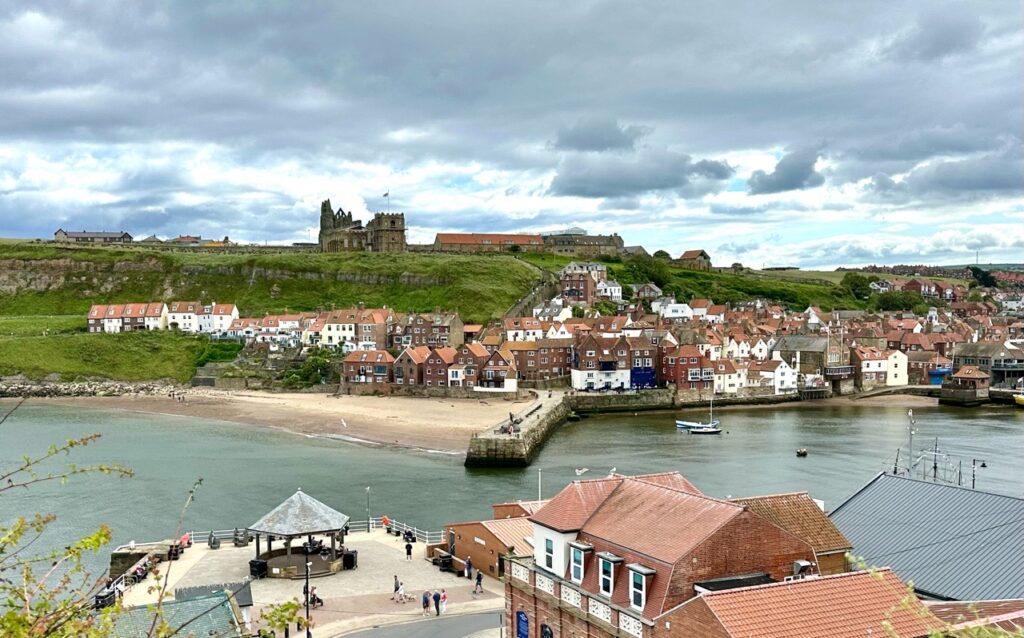
Here we came across the least appealing part of Whitby, the quay and older streets in the town are full of tacky seaside stalls, touristy shops and lots and lots of tourists! The place was packed! Poor Whitby’s narrow and quaint streets were struggling to cope with the crowds. We passed a “Dracula Experience” which was just one example of the “sights” !
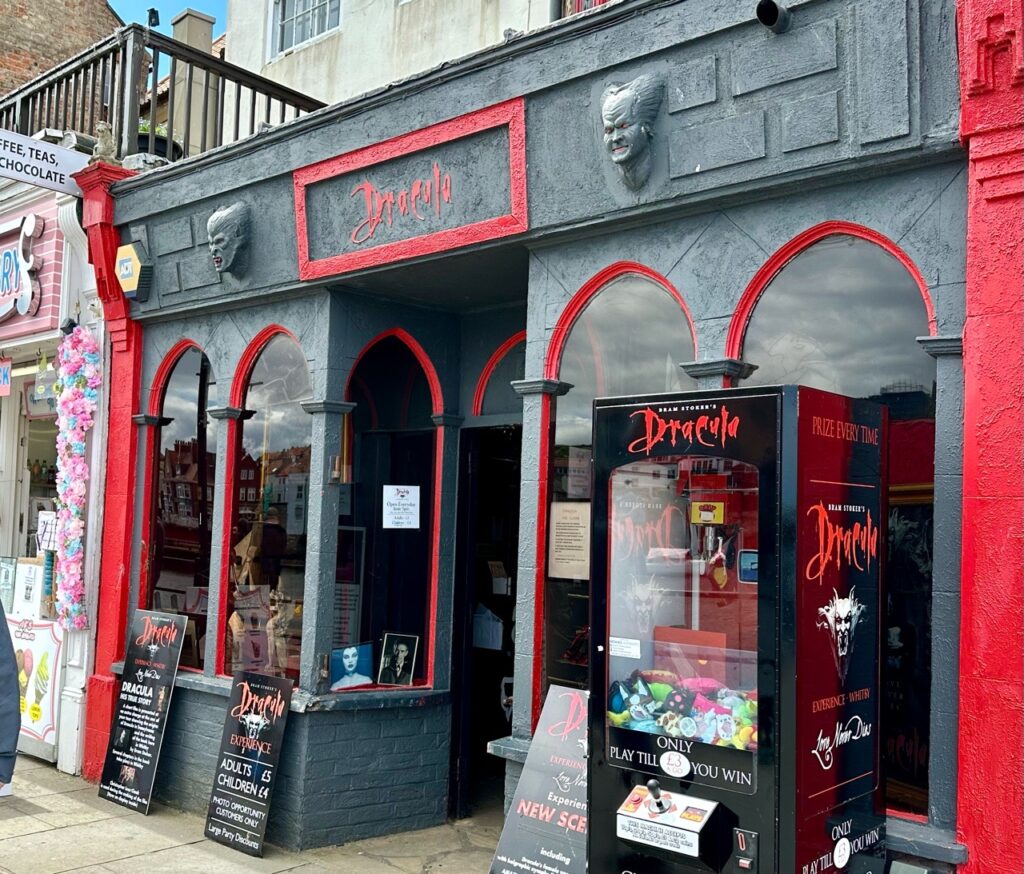
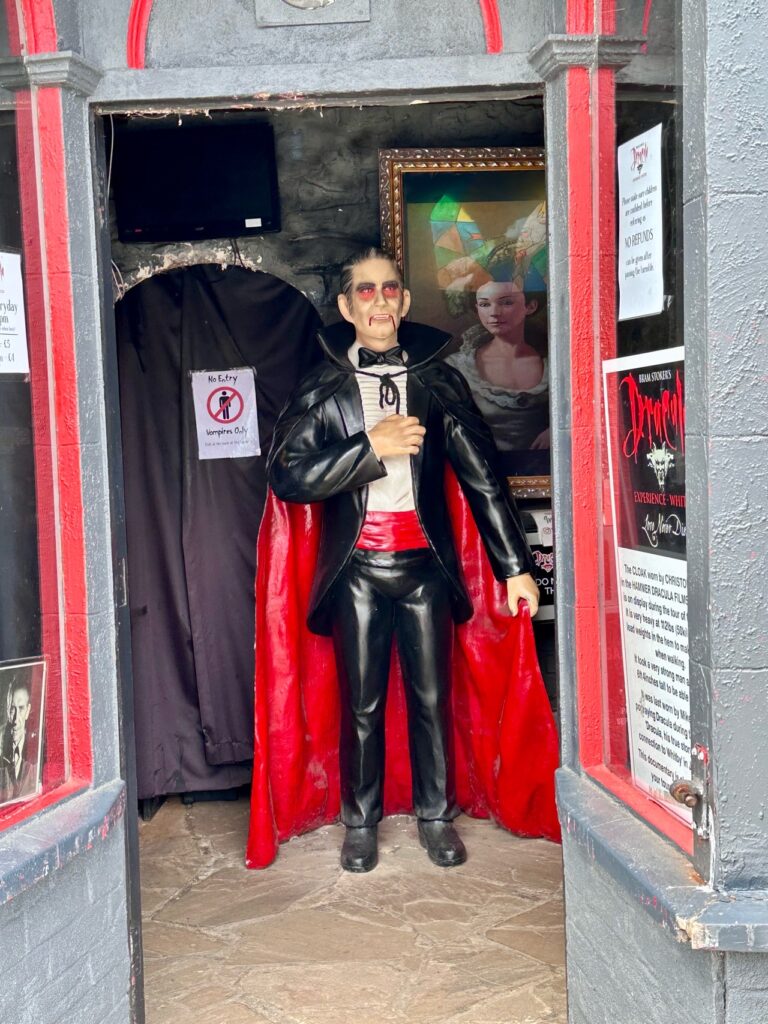
However, the Captain Cook Museum is excellent. It has a really interesting collection of papers and items that relate to his whole life and career, and is housed in the home of the family that he lodged with and worked for when he was a young apprentice.
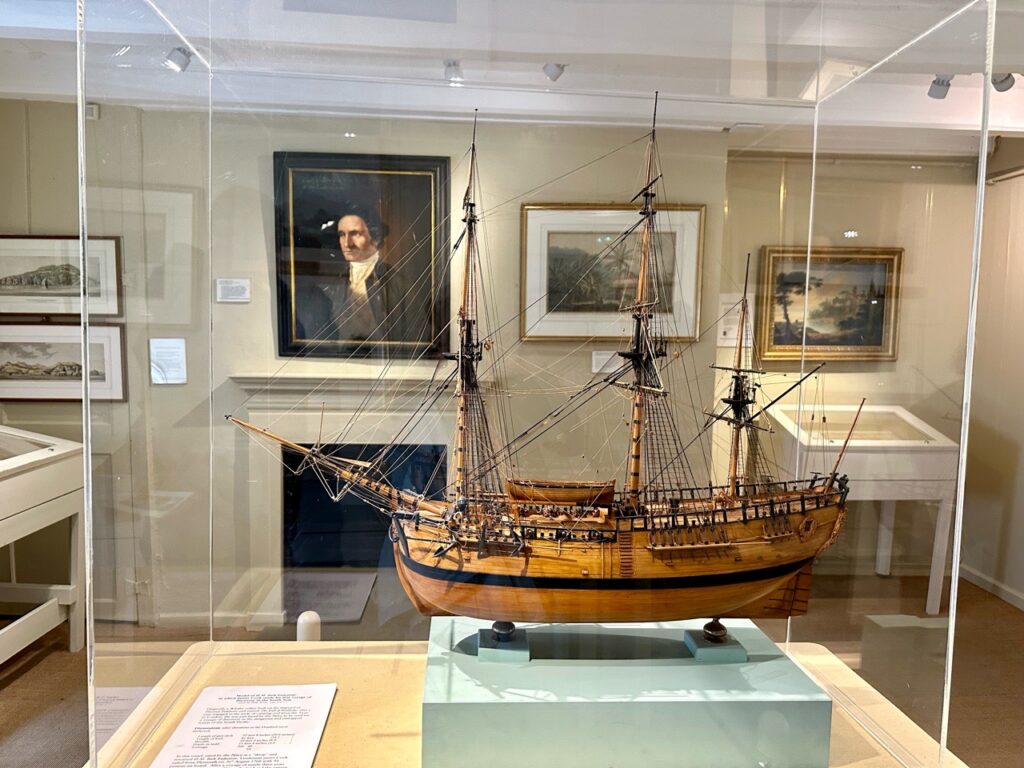
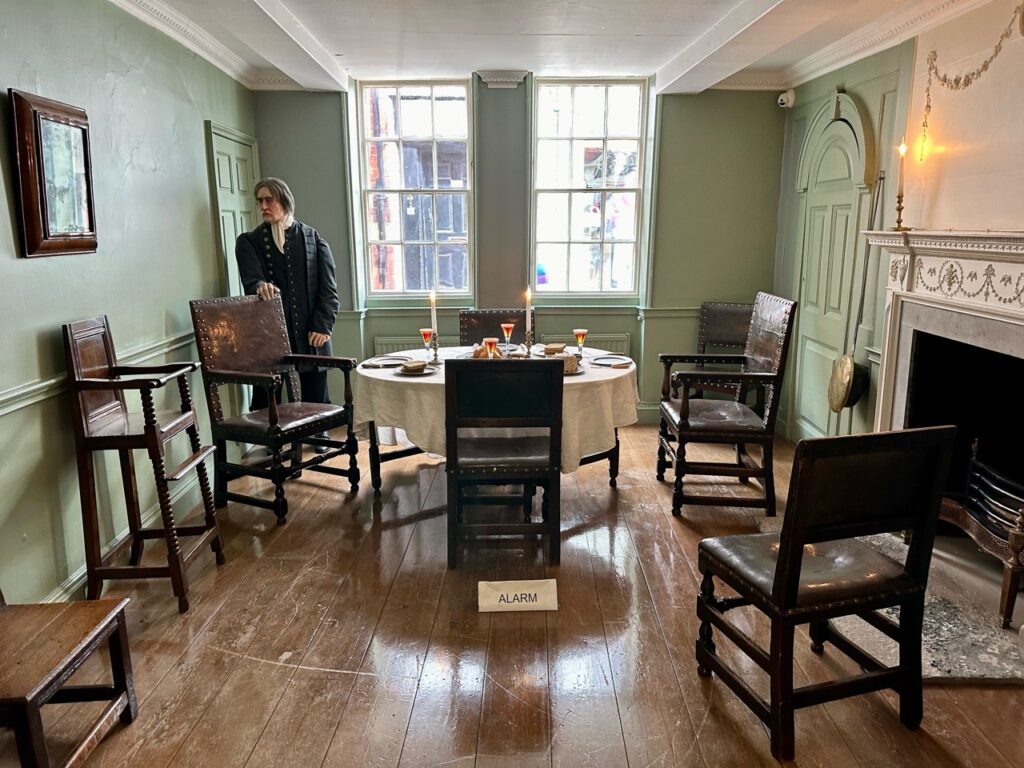
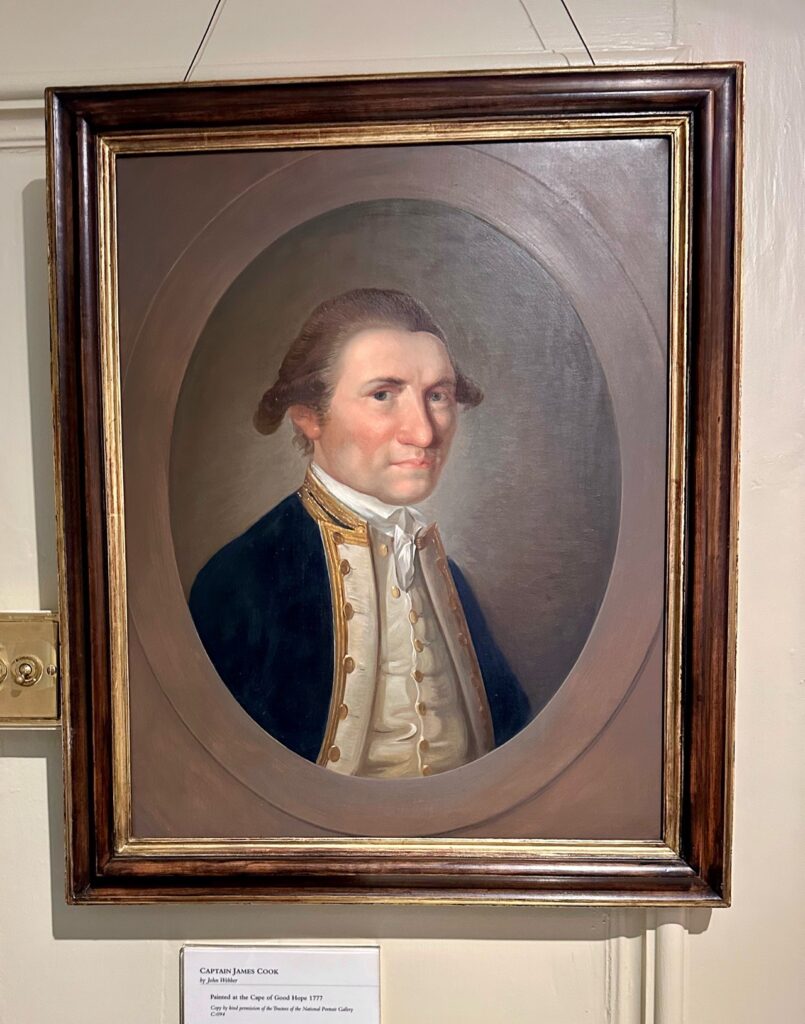
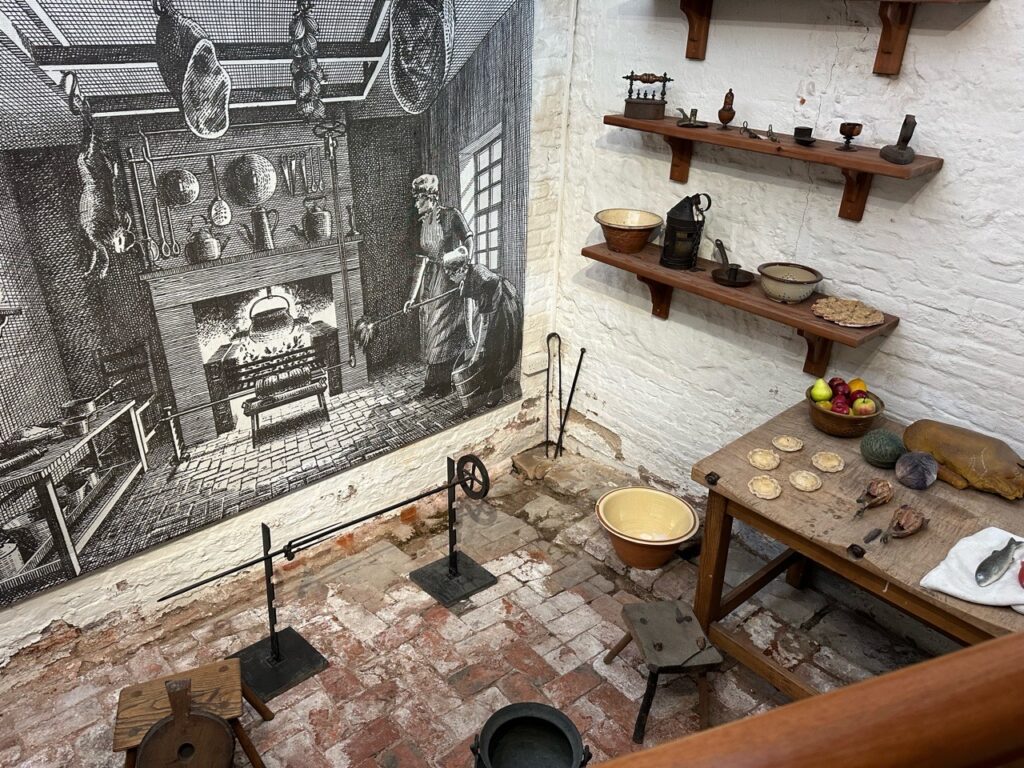
After the museum we walked around the oldest part of town and managed to find a couple of quaint streets that weren’t as crowded, but they did have jewellery shops selling jet.
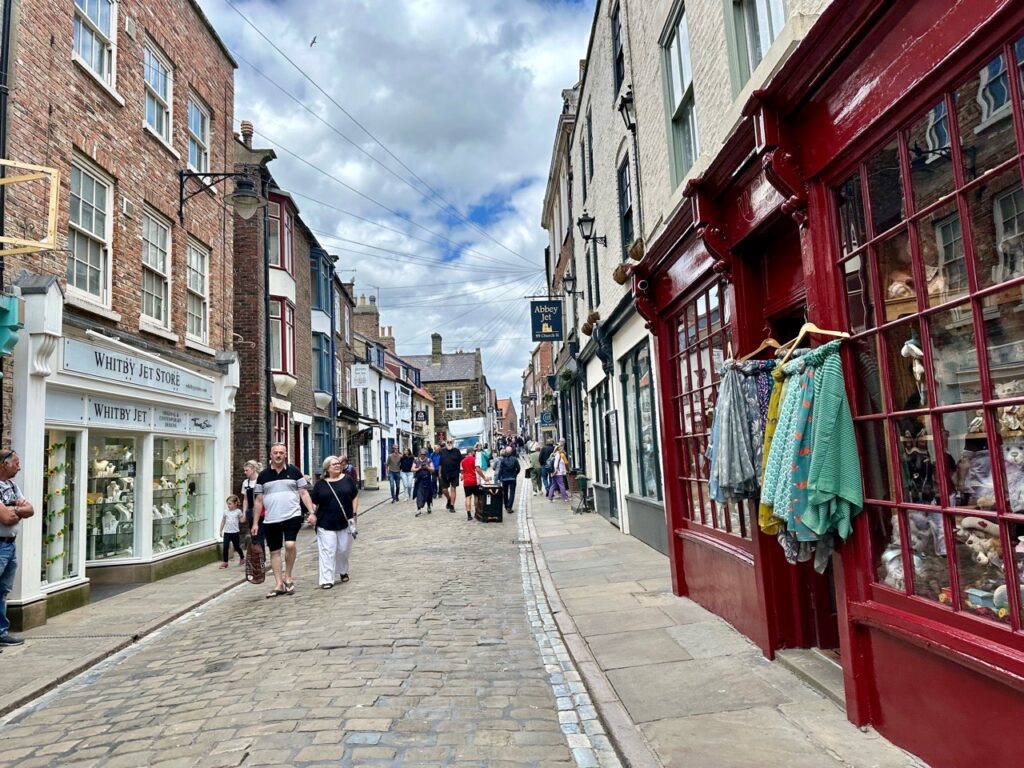
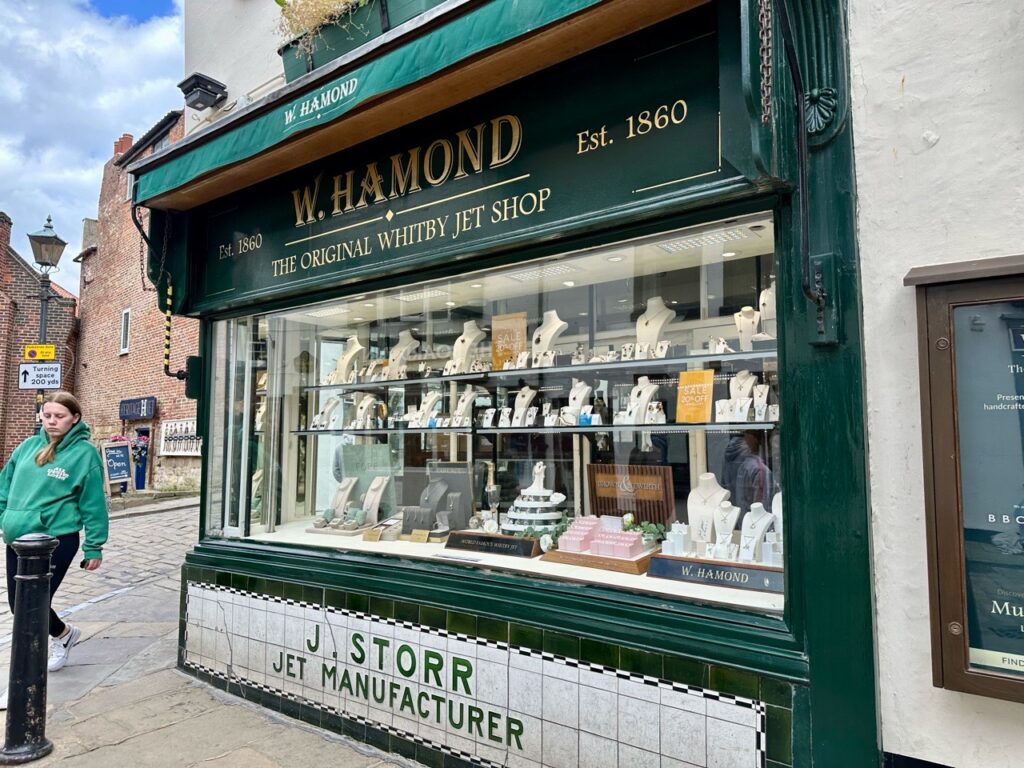
some of the little cottages had such short entry doors, we figured Neil would be knocking his head in every room in some of the older homes.
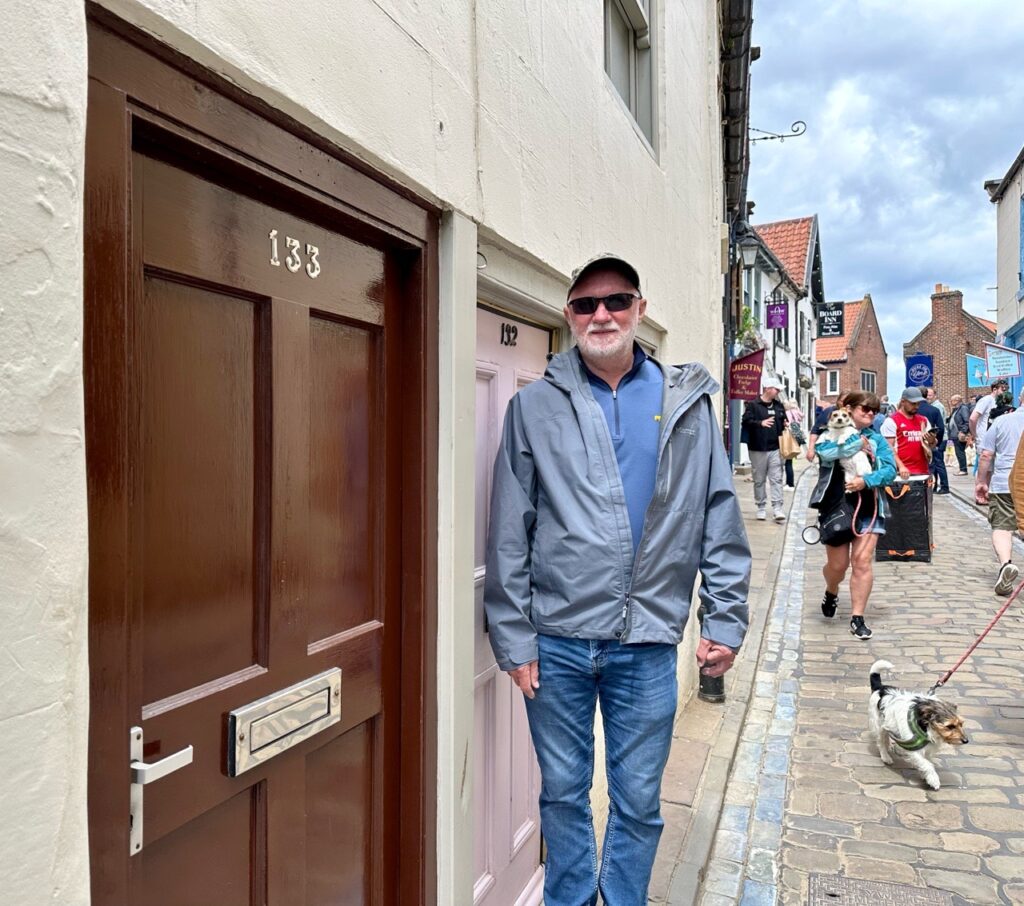
We left Whitby and drove back over the moors to our final sight of the day, the ruins of the magnificent Rievaulx Abbey. It is definitely the largest of the ruined abbeys we have seen this trip, and whereas Whitby is high up on a headland, Rievaulx is set in a pretty secluded valley. The Abbey was the first Cistercian monastery in the north of England,founded in 1132 by twelve monks. It went on to become one of the greatest abbeys in England before it was dissolved by Henry VIII. There are some fascinating remains, including a drainage system that still carries water. We really enjoyed strolling around the sight, its very beautiful.

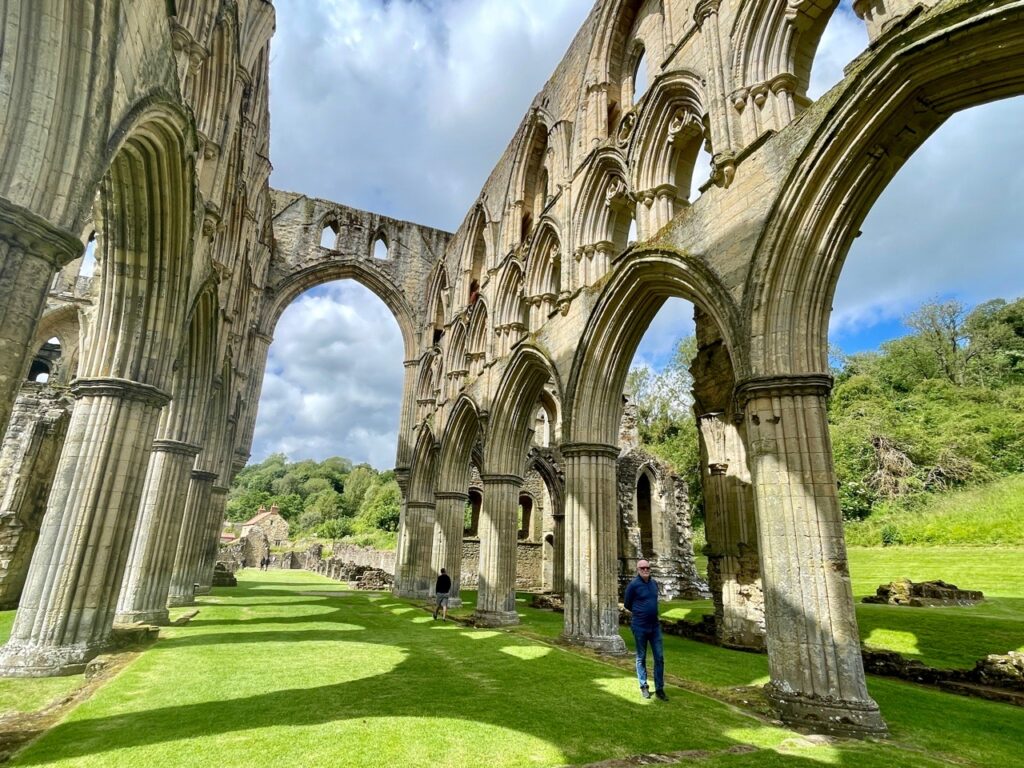
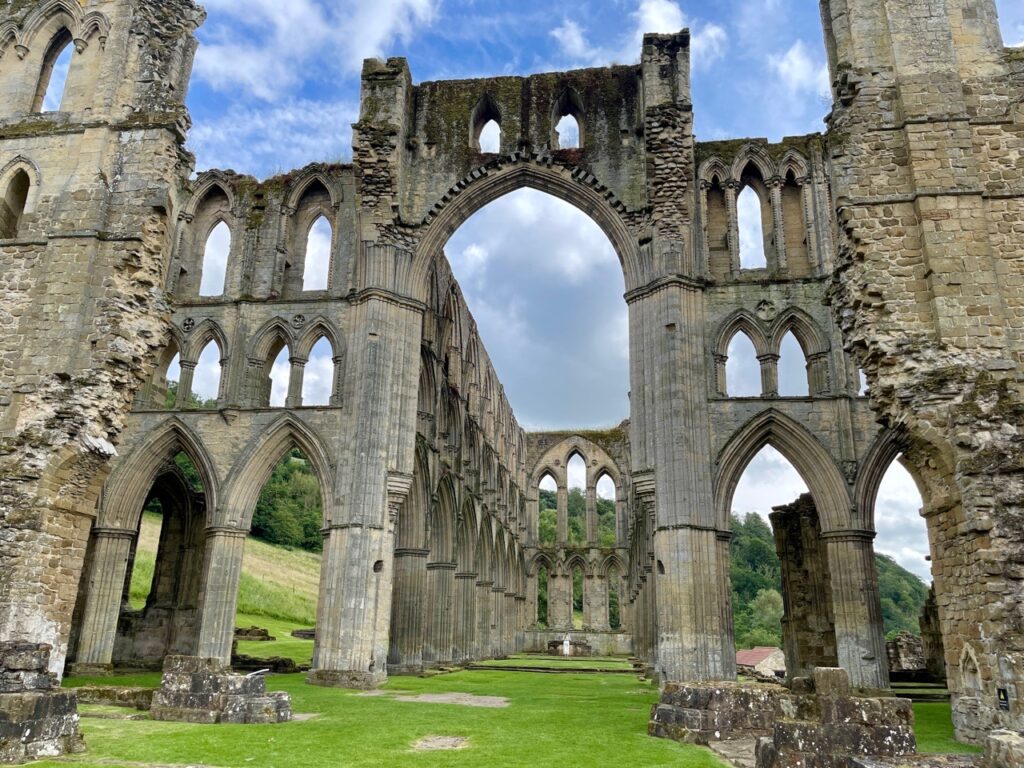
Tonight for dinner we walked five minutes through the town to a nice little Italian restaurant , a nice change. The Risotto was excellent! We have a long drive south tomorrow to Oxford.


